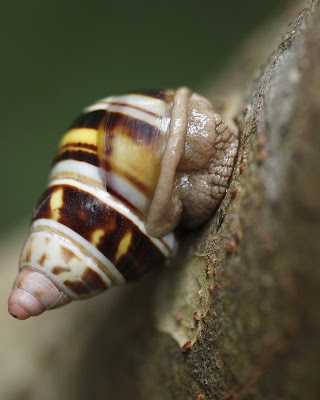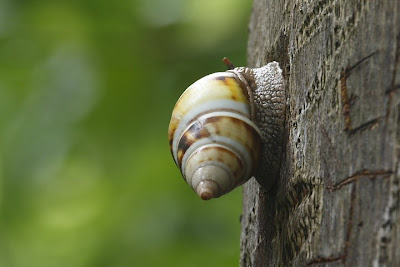OrlandoSentinel.comCathy Zollo | Sarasota Herald-Tribune
January 25, 2009
SARASOTA - Dusk descends quickly over the Celery Fields, and just as quickly the birders line up like paparazzi along Palmer Boulevard, their cameras trained on the shallow ponds immediately north.
There are swarms of birds on the marshlike 300 acres that once was a working celery farm. But the main event each day is the return of the sandhill cranes, large gray birds with 6-foot wingspans made for soaring.
"They stand in the ponds overnight because it's safer," says Jeanne Dubi, a lifelong bird-watcher and Sarasota Audubon Society president.
The cranes come by the hundreds, which makes this place a birding hot spot in what Dubi calls one of the "birdier" states in the nation.
This is birding season, when some birds flock to West Florida for the winter and many more will pass through, in coming months, on their way to their summer haunts.
Along with them come the bird lovers, who must eat and stay in hotels and spend money with the region's local businesses. Florida is second only to California in the revenue it collects from the bird-loving public. Wildlife viewers, of which birders make up the majority, bring $3.1 billion to the state each year, according to the Florida Fish and Wildlife Conservation Commission.
"It's a big enough draw that we include it in our mainstream advertising," said Virginia Haley, president of the Sarasota Convention & Visitors Bureau.
Rob Southwick, president of Southwick Associates, a Fernandina Beach-based company that consults on the economics of fish and wildlife, says the definition of what a birder is has shifted and grown in the 20 years he has been surveying the wildlife-viewing public.
"As people live in more urbanized areas, they want to see the wildlife they don't see there," he said. "They want to go near it, but they want their comfort."
Roy and Marjorie Linden and Susan and Steven Risk, Canadians awaiting the return of the sandhill cranes one recent evening, fall into that group.
They left the golf course to reach the Celery Fields in time to see the graceful birds swoop in for the night, disappointed they forgot the binoculars. They do not keep life lists of the birds they see or know the birds' calls.
Roy Linden ponders what it is that brings them out on a chilly and windy evening to see birds.
He shrugs and says, "Haven't you always just wanted to fly?"






















































